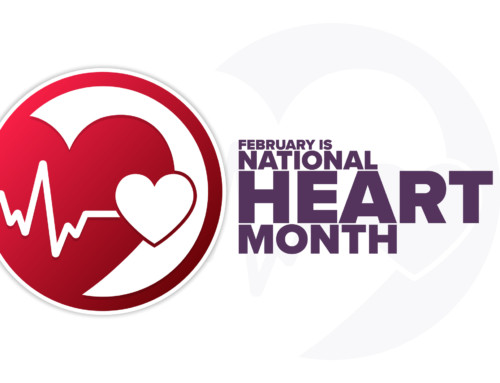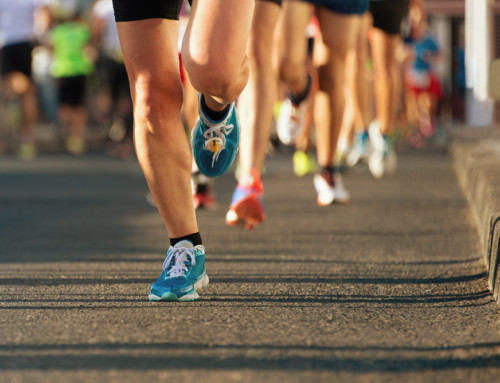 With so many myths and misconceptions about women’s fitness out there, it’s easy to become misinformed and miss out on the results you want from your workout. But the truth is, women have the strength and ability to achieve great things from their regular exercise regime.
With so many myths and misconceptions about women’s fitness out there, it’s easy to become misinformed and miss out on the results you want from your workout. But the truth is, women have the strength and ability to achieve great things from their regular exercise regime.
Fortunately, the reality behind these beliefs can provide the information you need to update your fitness routine for the better. Let’s look at 5 of the most common myths and debunk them once and for all.
Myth #1: Strength Training Will Cause a Woman to Get Bulky
Reality: Strength training will not give a woman bulky, masculine muscles unless she is supplementing with testosterone and consuming far more calories than she is burning off.
Women’s bodies naturally produce a little testosterone, but only about 10% of what a man’s body produces, and not in the quantities required to get that big. Instead, strength training tones and strengthens muscles and raises your metabolism. You may see increased definition in your muscles, but no added bulk.
Not only that, but studies have shown that training with heavier weights may actually help you lose weight. Strength training also increases bone density and prevents muscle loss in postmenopausal women. Start lifting weights now and you could have a positive impact on your health and mobility for the future.
Myth #2: Running Is Better Than Walking
Reality: Running and walking work the same muscle groups and provide very similar health benefits. The main difference is the intensity of the workout; it takes more time to expend the same amount of energy when walking than you would when running.
If you are moving from a sedentary lifestyle to a more active one, walking may be easier for you to do as you will improve your cardio fitness slowly and steadily. Walking is also a lower-impact activity than running, so it’s also easier on your joints, which is a real benefit for older or heavier bodies.
While walking requires more time to produce the same results as running, remember you can break up that time into shorter, more frequent walks.
Myth #3: Exercise Machines Are Better Than Free Weights
Reality: Most exercise machines are engineered with men’s bodies in mind, which can make it harder for women to find the correct alignment while using them. They also tend to target very specific muscle groups while you’re in a seated position and this burns fewer calories.
Instead of relying on exercise machines for strength training, try using free weights, resistance bands, and bodyweight exercises. You can enjoy greater flexibility from the range of options, which will not only allow you to choose the most suitable equipment for your workout, but will also keep your fitness time more varied and more mobile for maximum effect.
Myth #4: Exercising Certain Muscles Burns Fat in That Target Area
Reality: You cannot burn fat in specific areas of your body with targeted exercise. Exercising particular muscle groups helps tone and strengthen those muscles, but fat burns at a constant rate throughout the body.
While targeted workouts will not burn the fat in those areas alone, toning the muscles there will begin to show more definition as your workout routine reduces the amount of body fat you have overall. So, by all means keep attending the targeted fat-busting classes at the gym, but don’t expect to see a difference in just one area of your body.
Myth #5: You Shouldn’t Eat Right After a Workout
Reality: After a workout, your body needs nutrients to heal your body and make it stronger, so don’t deprive yourself.
Within 15 to 60 minutes following a workout, have a small, healthy snack. Make sure it has protein and carbohydrates, but prioritize the good kind, not just sugar! This will give your body the fuel it needs to make your workout work for you.
Most importantly of all, don’t forget to hydrate before, during, and after exercising. This will prevent dehydration and helps your blood transport oxygen and nutrients around the body for a better performance and recovery.
For more inspiration for your next workout, visit Tri-City Medical Center’s Wellness Center page today for a wealth of expert information and advice.





